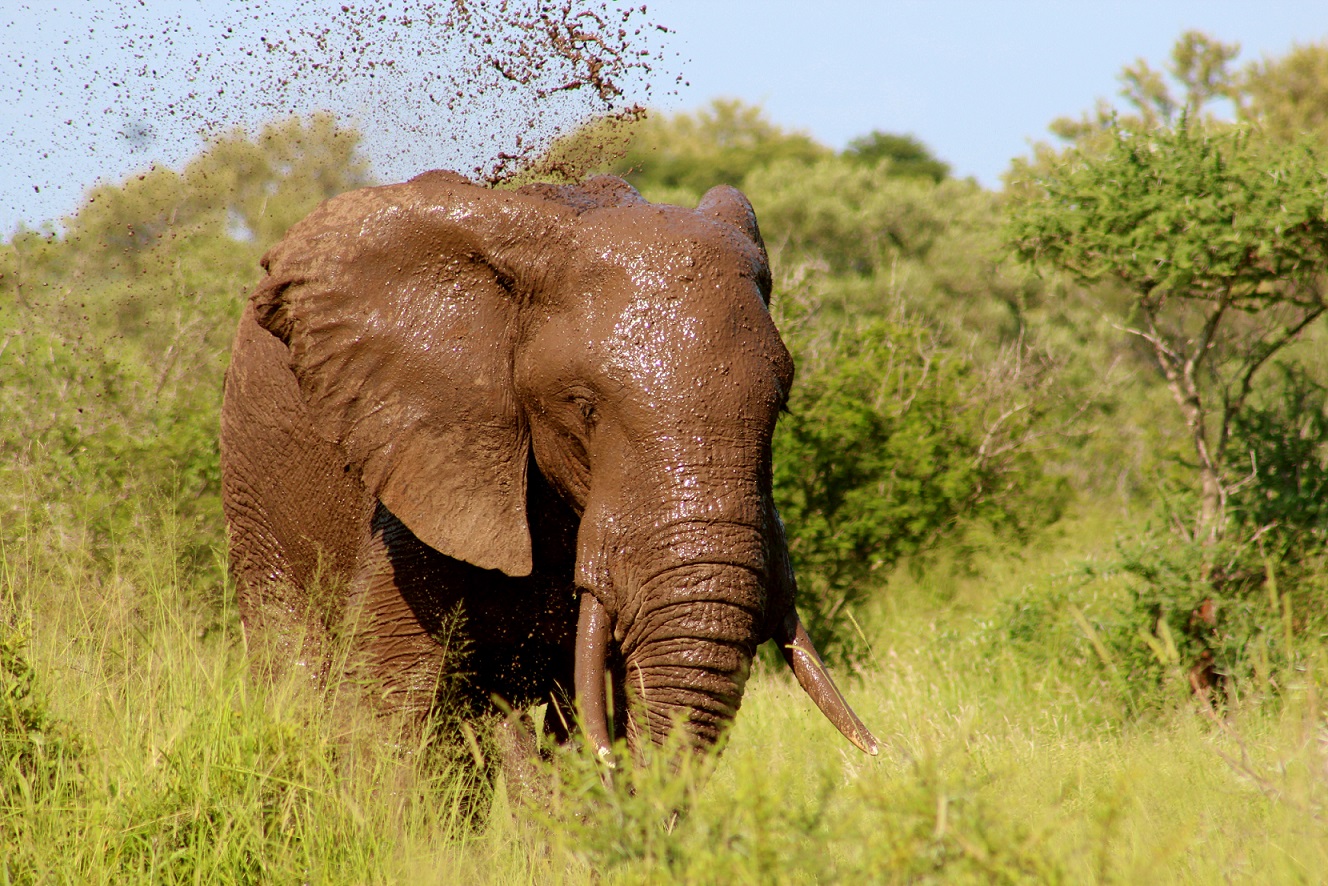Throwback Thursday: From the Vault
Africa’s elephant population has fallen by around 20 percent since 2006. Some countries, such as Tanzania, have seen up to 60-percent declines in their elephant populations.
A report released last Sunday by the International Union for Conservation of Nature attributes the drop to a surge in ivory poaching. The report aims to inform attendees to the 17th Conference of the Parties to the Convention on International Trade in Endangered Species of Wild Fauna and Flora (CITES CoP17), a weeklong conference occurring now, about the urgency needed to address the issues of global ivory trade and the fate of the elephant. “This is yet another set of data clearly indicating that governments must take all necessary actions to address the crisis,” said Susan Lieberman, head of international policy for the Wildlife Conservation Society.
It is commonly acknowledged that the ivory trade ban in its current form is not saving elephants. One of the major questions of the CITES conference, therefore, is how to handle poaching and the illegal ivory trade to protect elephants. Namibia and Zimbabwe, countries that are home to significant elephant populations, have submitted bids to the conference to allow elephant ivory trade. They advocate that opening a legal ivory market would drive down ivory prices, reducing poaching and keeping more elephants alive. Kenya, on the other hand, is promoting an initiative for a complete global ban on ivory, claiming a legal trade would provide cover to poachers and contribute to the plight of the elephants.
If we want to protect elephants, it is vital to understand why poaching persists even under the current trade ban. When the ivory trade ban was originally enacted in 1989, poaching increased over the subsequent five years. In 1996, PERC scholars Linda Platts and Urs Kreuter explored why the ivory trade ban was failing:
The ban shut down most legal markets for ivory, but now black markets are flourishing. Although prices fluctuate widely, a kilogram of unworked ivory, which sold for around $200 before the ban, was reported to be selling for as much as $2,000 in 1993. Custom agents seized 2,500 illegal ivory shipments in 30 countries between 1989 and 1994.
The ban reflected vastly different views about elephants. To the Westerners who supported the ban, elephants are charismatic creatures. Their size, intelligence, and engaging social behavior make them aesthetically and emotionally appealing. For Africans struggling to survive under dire living conditions, however, the elephant is often despised. It is a threat to their crops, their homes, and even their lives. An elephant on a rampage will trample people, wreck villages, and ruin crops.
Poverty makes protection of elephants extremely difficult. In Zambia, two villagers told a judge that they helped a poacher in exchange for a bag of sugar and a pair of pants. Yet, proponents of the ban ignored the impact of poverty. They also ignored the fact that although elephant numbers declined dramatically in the 1980s in parts of Africa, elephants were thriving in much of southern Africa.
South Africa, for example, has maintained a consistently stable elephant population. Before the ban, it used ivory revenues to pay for fencing preserves and otherwise providing security, as well as actively promoting wildlife tourism.
In a few countries, attempts are being made to give indigenous people incentives to value elephants positively and thus ensure their survival. In Zimbabwe, a community-based program called CAMPFIRE (Communal Area Management Program for Indigenous Resources), continues to have some success because it allows local villagers to benefit from the elephants that would otherwise be their enemy.
With the dropping elephant populations of today, Platt and Urs’ insights are still applicable. The ivory trade ban has only continued to lead to poaching problems. The ban reduces the supply of ivory, but it does nothing about the booming demand for ivory as a luxury good in Asia. This has significantly driven up the price of ivory, which now fetches over $1,100 per kilogram in Asian markets. A single tusk from a male elephant can weigh over 50 kilograms, making an ivory tusk worth a fortune to African locals when one considers that the average annual income in Sub-Saharan Africa is $1,570. Poachers are lured by these high prices. The villagers and communities located in and around elephant habitat have little motive to protect elephants—and potentially have much to lose from them. In fact, as Platt and Urs mentioned, locals can often be bought off by poachers to provide information or help in killing elephants.
To protect elephants, the animals have to become assets to those who live with them, rather than liabilities. One approach is the benefit-sharing programs discussed above, which pay local communities a share of profits that come from wildlife-related tourism.
Another strategy is to legalize the trade of ivory. Allowing countries to sell their existing stockpiles of ivory and harvest ivory from naturally deceased elephants would increase the market supply of it. This would drive down prices and reduce the motivation for poaching. The money earned from such sales could be used to fund better protection for elephants – something that is desperately needed. Local people would also benefit from legal trade. If allowed ownership over elephant resources, locals would be able to sell tusks from deceased elephants or tusks that break off when an elephant is scavenging. Whether it’s as elephant guards paid with money from ivory sales or as a potential supplier of legal ivory, local communities would have a reason to protect elephants with a legal ivory trade.
Nearly two decades after the ivory trade ban was passed, it is clear that the trade ban has failed to stop the death of elephants at the hands of poachers. Ultimately, this is a story of misaligned incentives – those who live with the animals stand to gain more from poaching an elephant than protecting one. To protect these magnificent creatures from the cruel fate of illegal slaughter, the trade ban should be replaced by policies that transform elephants from liabilities to local communities into assets for them.




